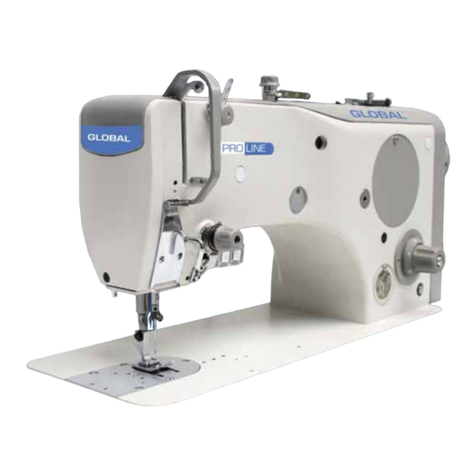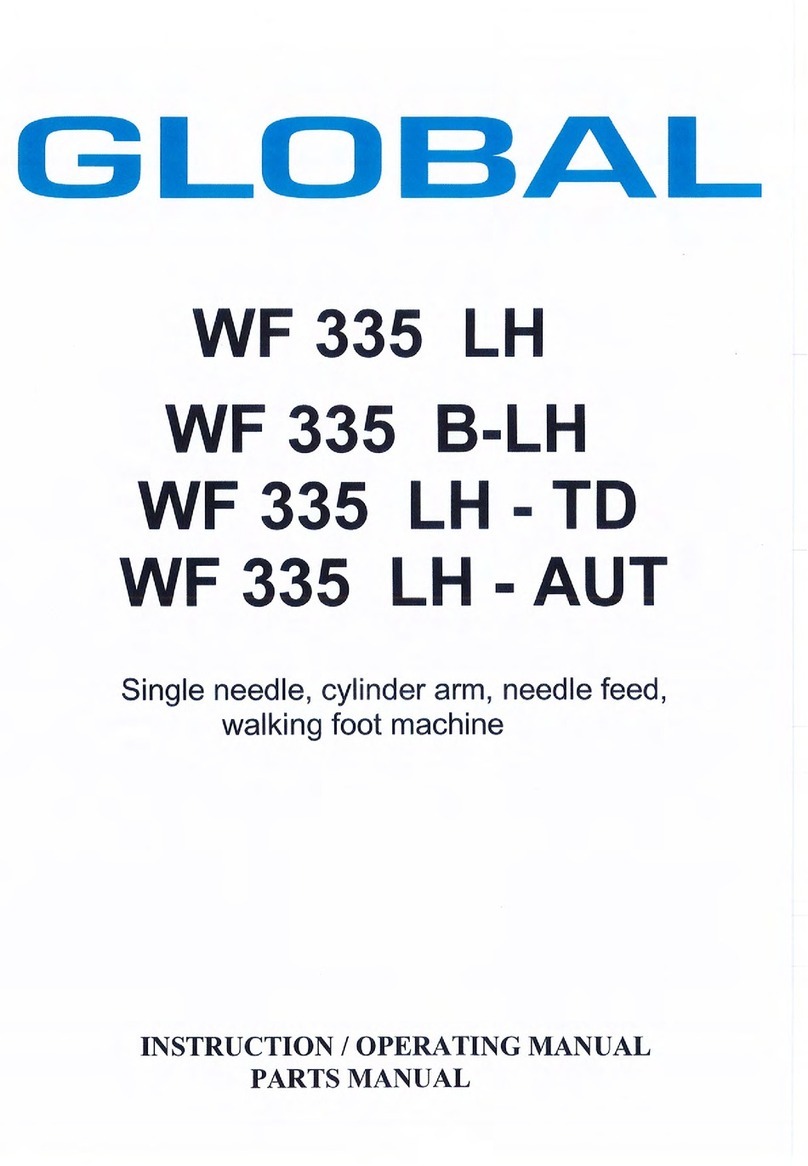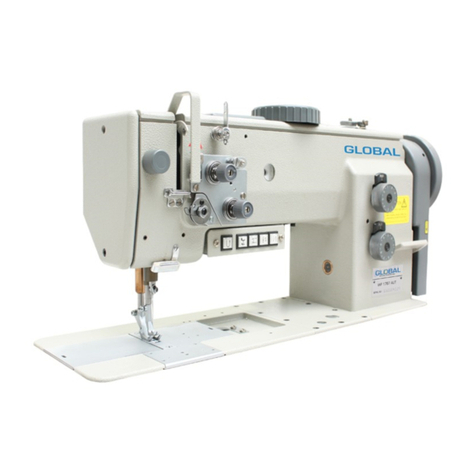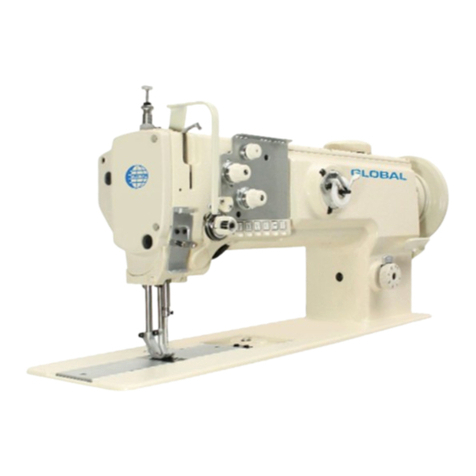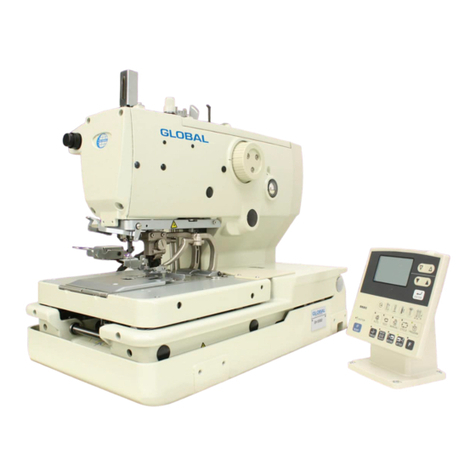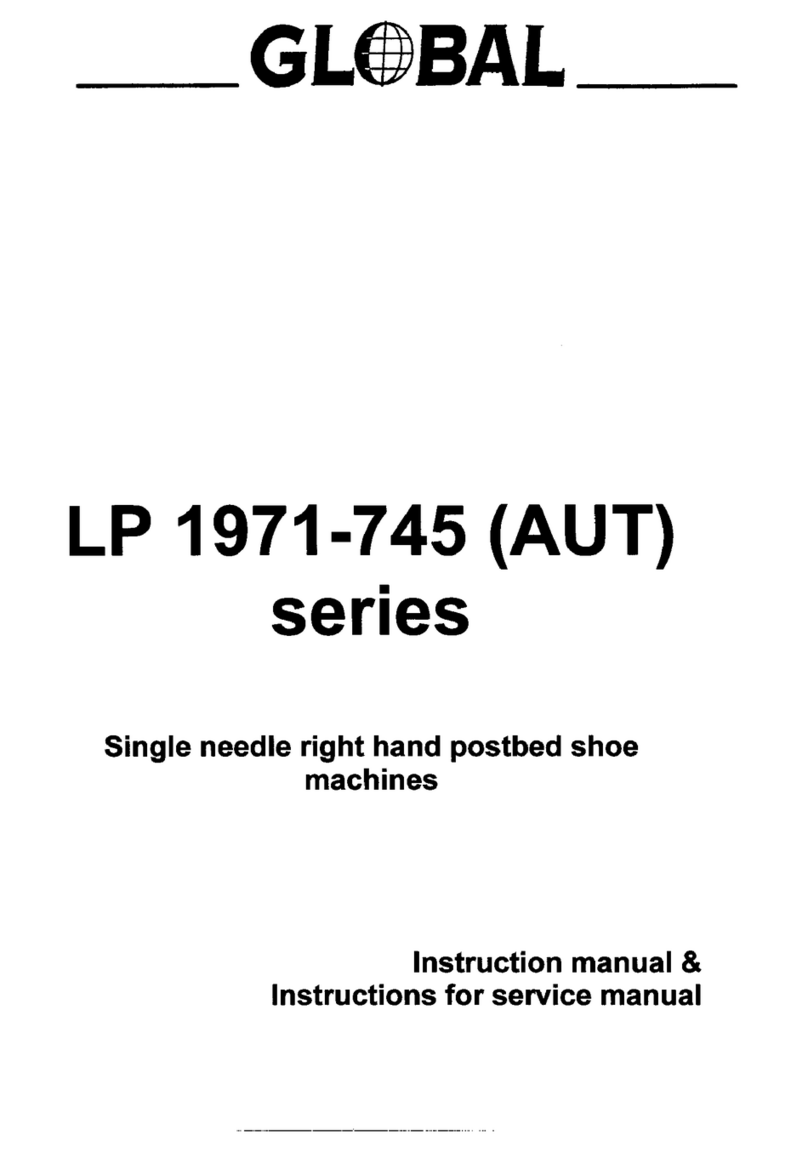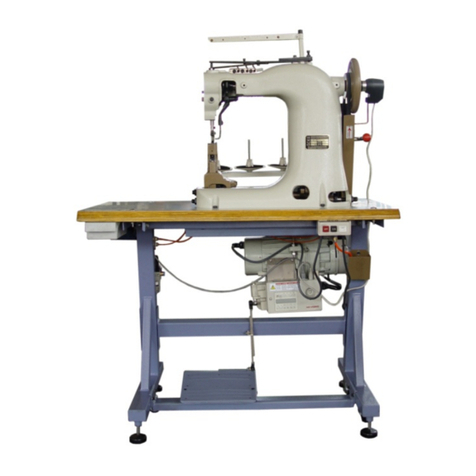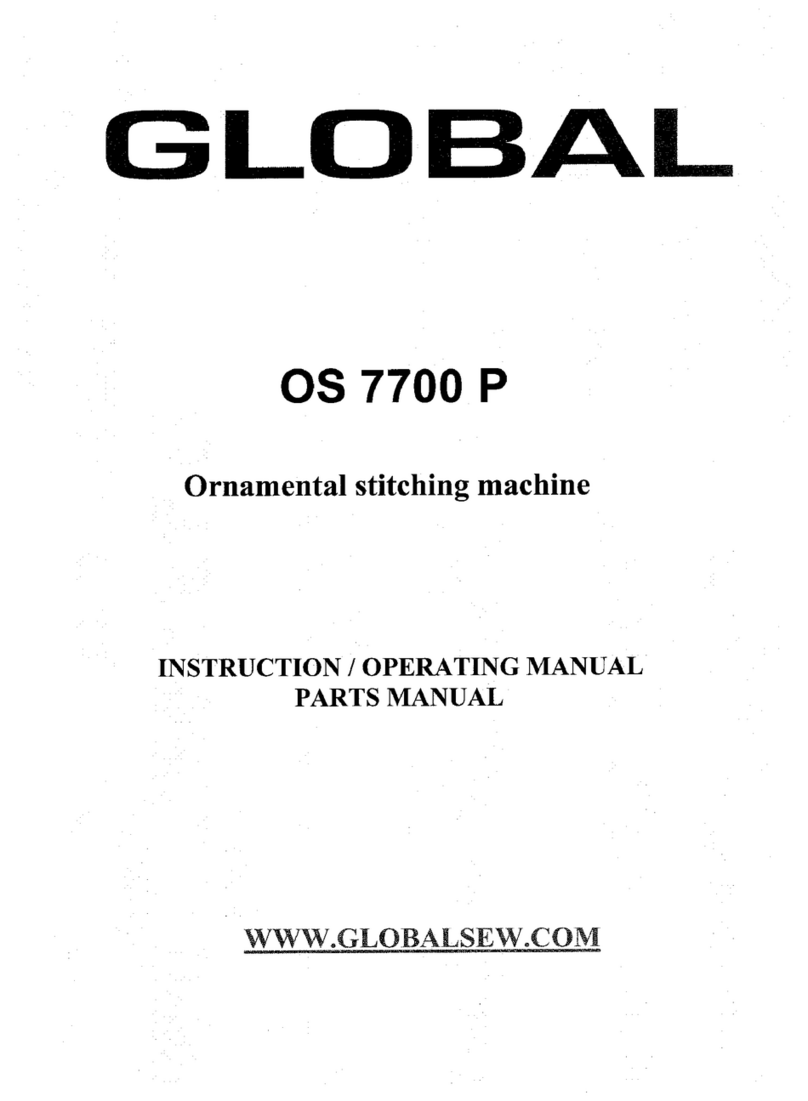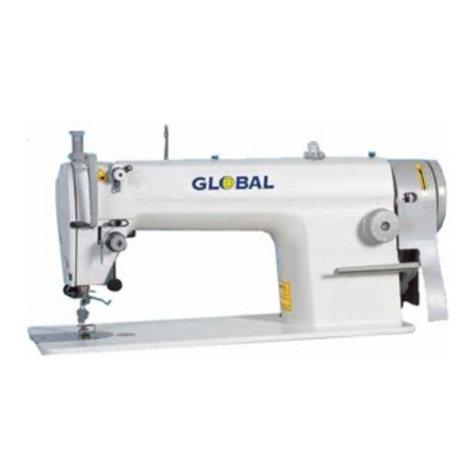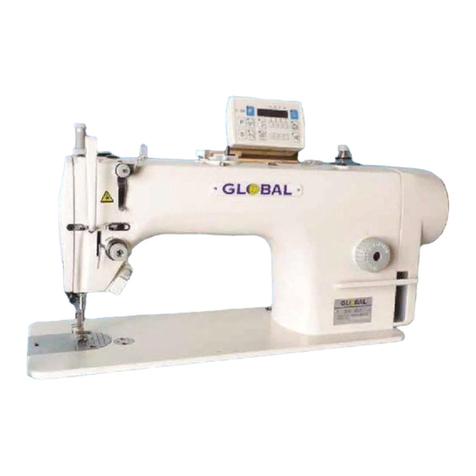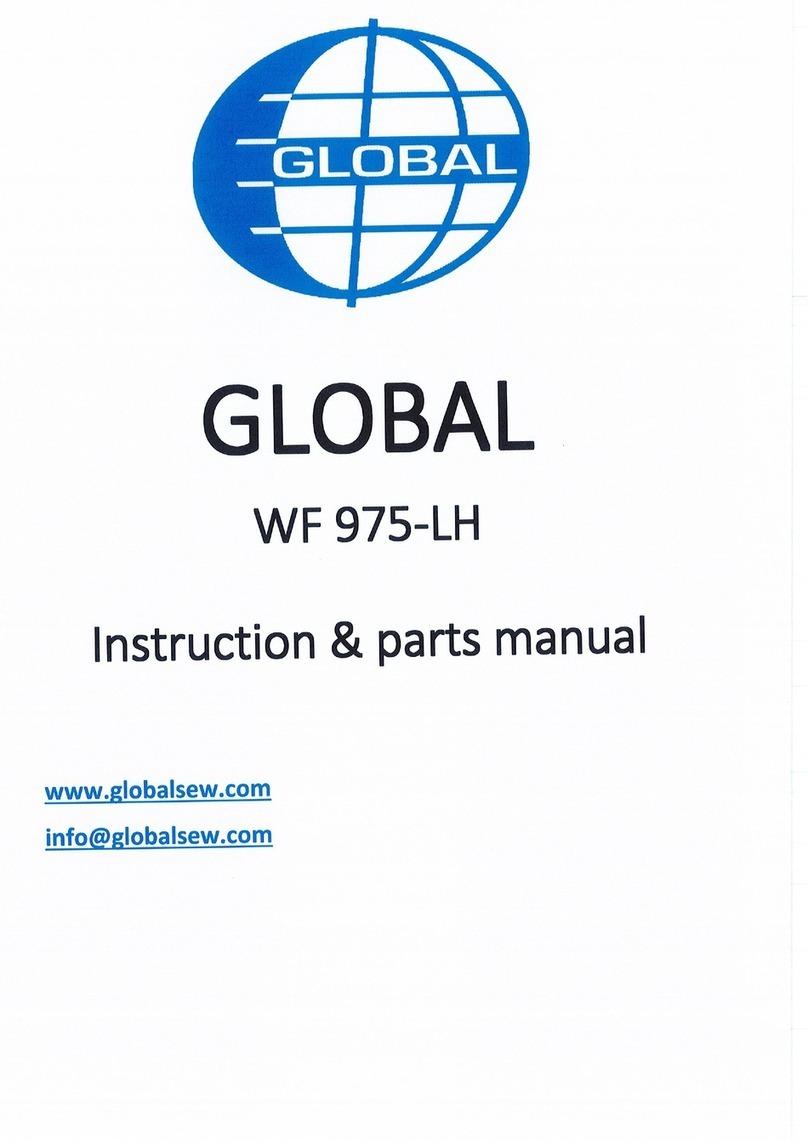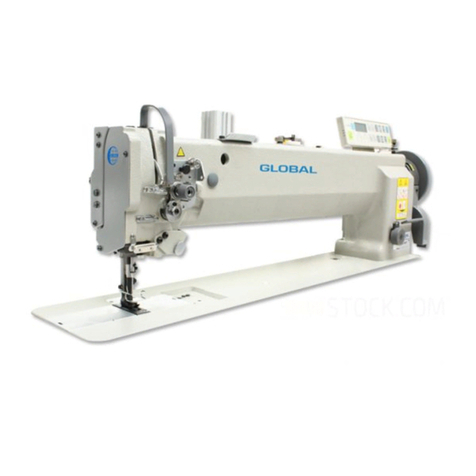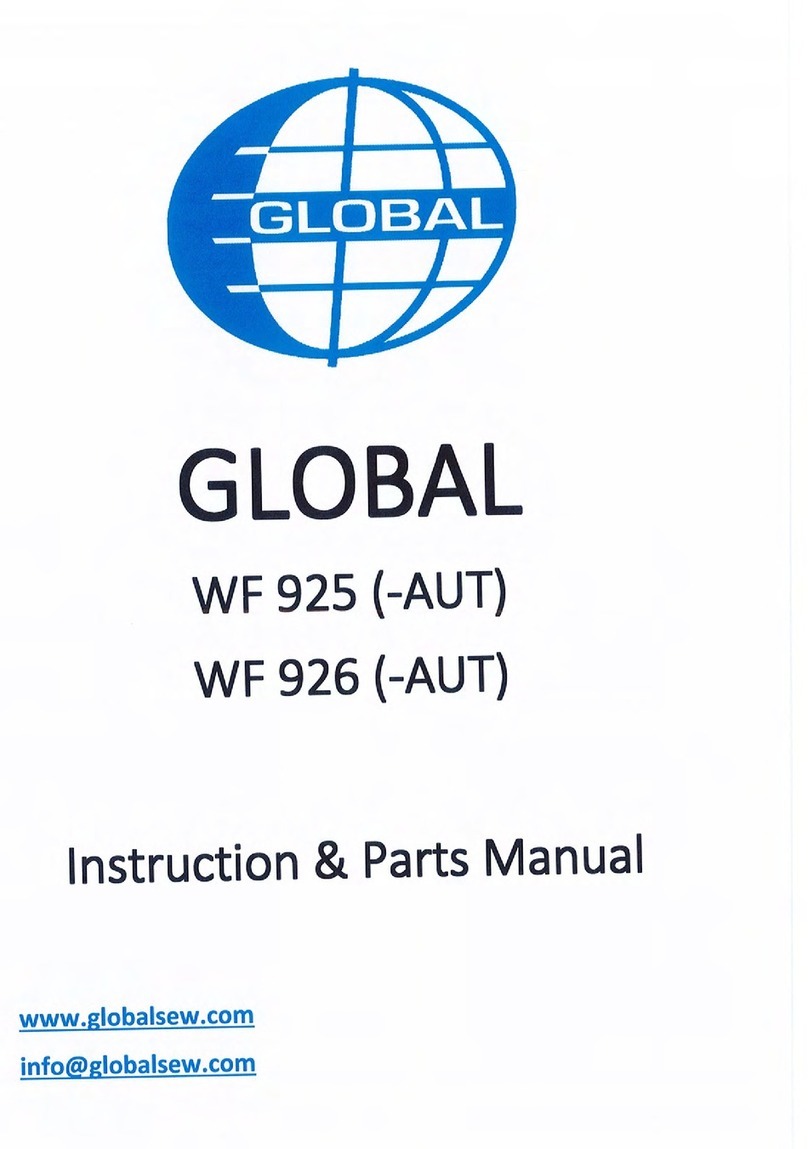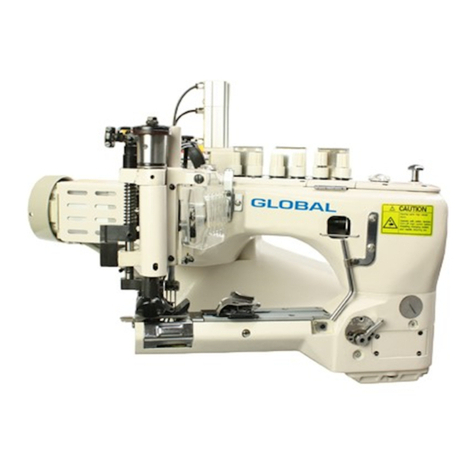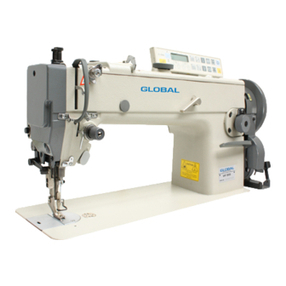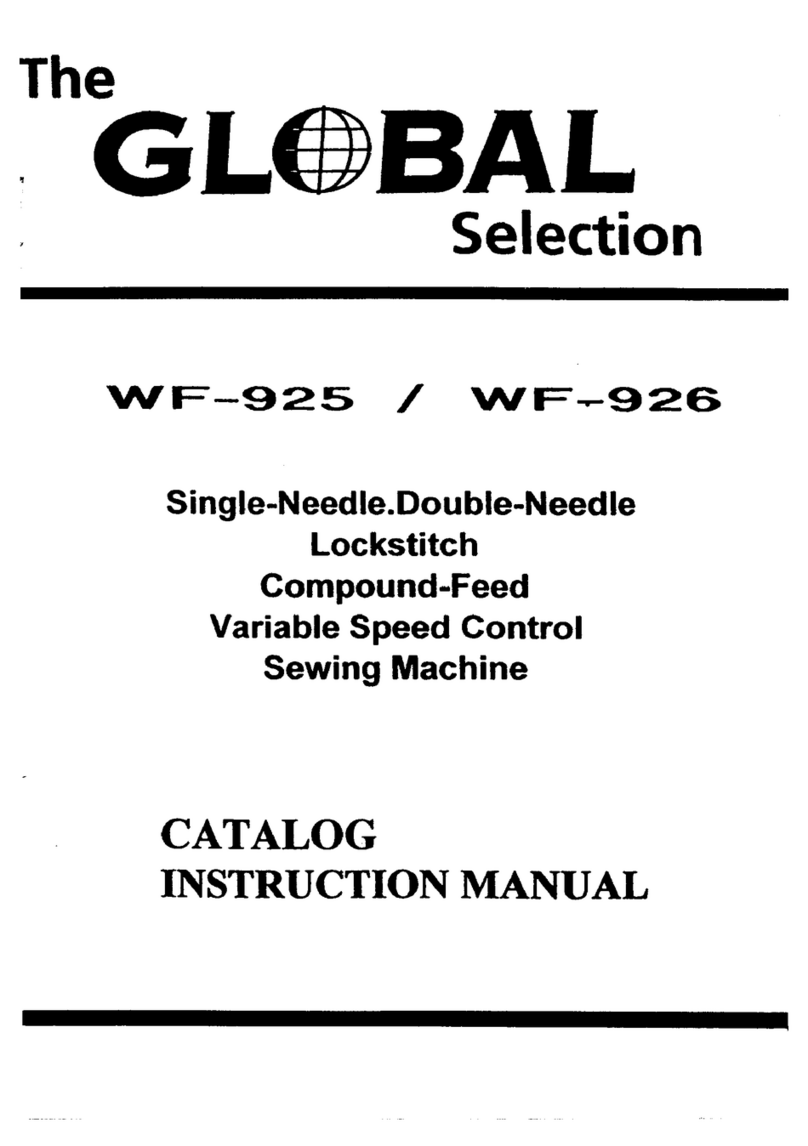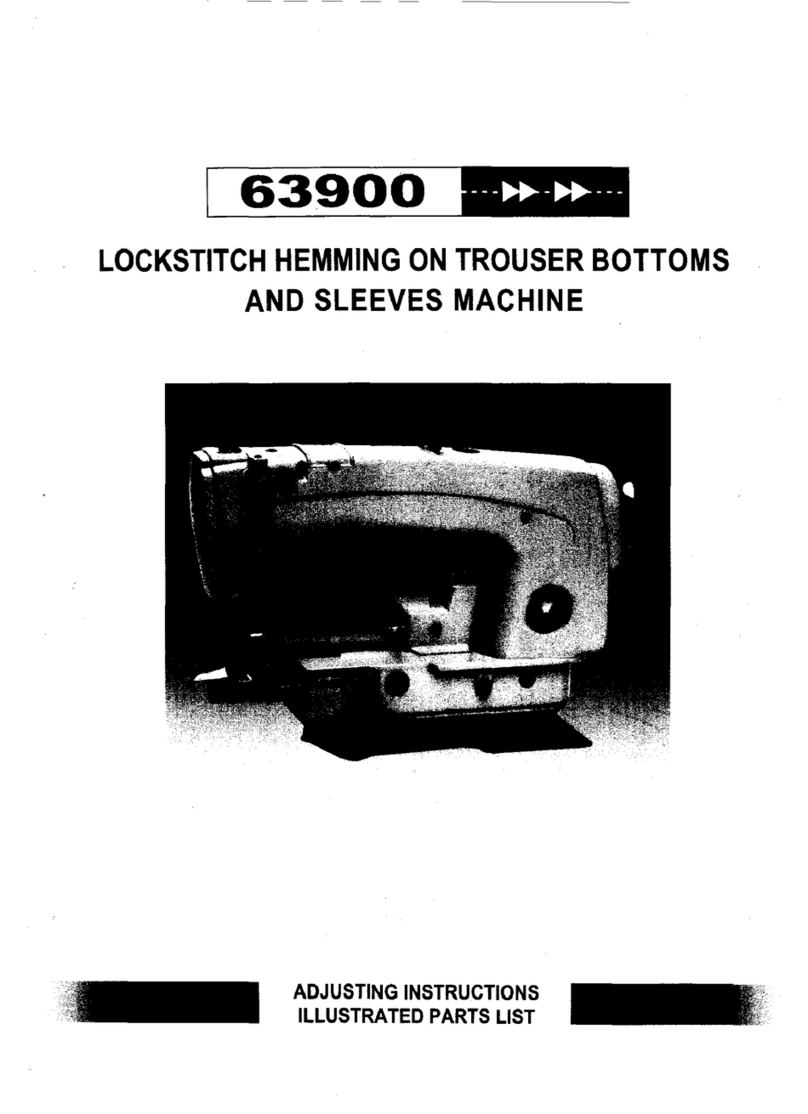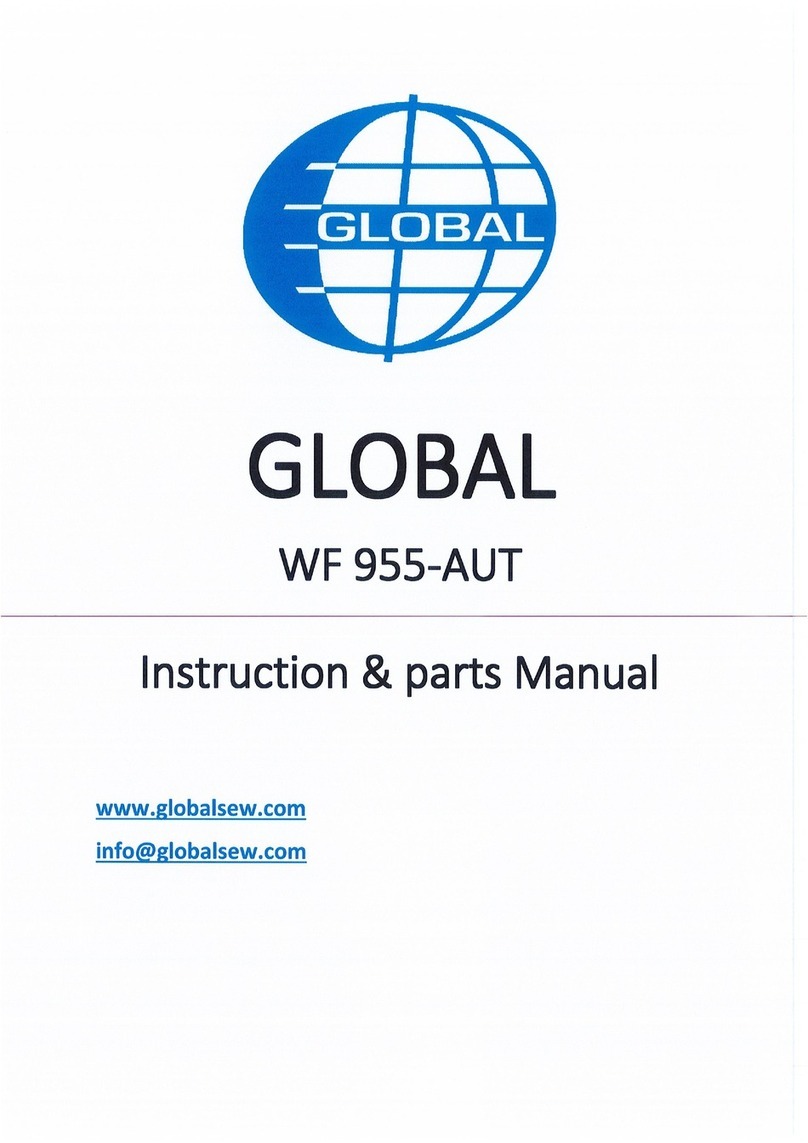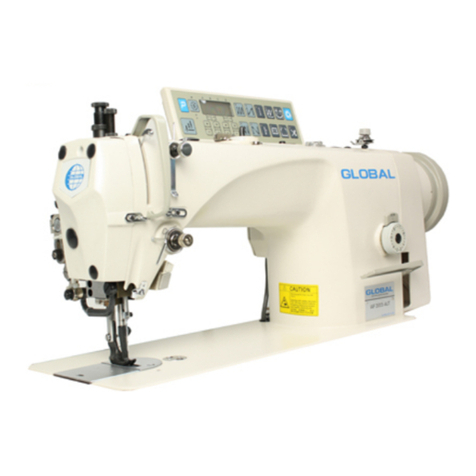
CONTENT
Operation Instruction
l.M~in technical specifications
•········································································································
2.0peration
preparation
•·················································································································
3.lllSlalling
tl1e
motor
•····················································································································
4.Con-necting
tl1e
clutch lever
to
tl1e
pedal
•·································
·••·••·•••••·•••••••••••••••••••••••••••••••••••••••••••••• 1
5
.l11Stalling
belt
guard ••··•··•··•··•··•··
•·····
•··•··•··•··
•·····
•··
••••••
•········
·····•···
·••·••
•••
·••
·••
••• •••
••••••
•··•··•··
••••••
•••••
2
6.l11Stalling
tl1e
bobbin
winder•·············!·····························································································
2
7.Lubrication•···
············•·••
.
•·············································································································
2
8.
Trial
run
•···································································································································
3
9.Hook
oil
amount
adjustment
10.0il
pump
supply adjustment
.........................................................................................................
3
•.•••••.•••••••••••••••••••••••.••••••••.••••••.•••••••.••.•••••••••••••••••••••••••••••.••.••••••••••••• 3
l l
.l11Stalling
tl1e
needle
••••
•••
••••••
··•
.•••••
·•·
•••
•••
••• •••
··•
•••
•••
·•.•
•·•
··•··•
·••
•·•
•••
·••
··•··•··•
·••
··•
••••••
•••
•••
•••
••••••
·••
••••••
·•
4
12.
Coordination
among
needle, thread
and
sewing 1naterials
·······················"····
.....................................
4
13.
Threading
tl1e
needle thread ••··
•••
•••
•••
•••
•••
•·•
•·•
•••
•••
••• •••
·••
•••
•·•
··•·
·•
•·•
··•
·••
·
••
•••
•••
•·•
•·••·•
···
·••
•••
••••••
•••
•
•••••
••
4
14.Winding
adjustment•····················································································································
5
15.Se,tting the stitch length
and
controlling the reverse sewing
.....................................................................
6
16.Setting the position
of
presser bar ••••••••••••••••·•••••••••••••••••·•••••••••·••••··•·••·••••••••••••••••••••••••••••••••·••••••••••
6
17
.Adjusting
tl1e
pressure
of
presser foot
•···············
·•••••••••••••••••··•··•·••··••·•·••••••••••••·••·••••••••••••••••••••••••••• 6
18.Adjusting
tl1e
thread tension
•···································································································:
••••
7
19.Adjusting the thread take~up
spring································································································
.7
20.Adjusting the tension
of
needle thread
and
bobbin thread •••••••
..............................................................
8
21.Timing adjustment between the needle and the rotating
hook
...............................................................
9
22.lllStalling and removing rotating
l1ook
•·························································································
10
23
.II1Stalling
feed
dog
•······
•··•··•··•
•·
•··
•••
••••••
•••
••••••
•··•··•··•··•··
·••
·••
•·•
•••
·••·••
·••
·
·•
··•·
•·
·
•·
·
•·
•••
••• •••
•
•·
•••
•••
·••
•••
•·
10
24.Feed dog horizontal adjustn1ent
•··································································································
11
25.Stitch
lengtl1
error adjustment
•·····································································································
11
26.Feed timing adjustn1ent
•··············································································································
12
27.Adjusting
tl1e
tension releasing
111ecl1anisn1
•······················································································
13
28.Upper feed adjustn1ent
•··············································································································
14
29.Adjusting presser foot alternate lift
n1echanisn1
.................................................................................
14
30.Adjusting the lift
amount
of
presser foot with walking presser foot
........................................
••••••••••••••
15
31.Adjusting the clearance between presser foot and walking presser foot
...................................................
15
32.Periodical clea.ning
•··············································································································
15-16
Par
i
ts
Catalogue
I.Arm and
bed•··••
.
!•
.
•······•······························!··········································································
17-18
2.Arm shaft vertical
shaft
Needle bar
and
thread
take-up
..................
;
.............
....
.
..
...
........................
19~
20
3.Feed dog lift and thread looping
•····························································································
21-22
4.Feed adjustn1ent
•···························
•···············································
··•···••••··
·•••••
··••••·••••••••·••••
23-
24
5
.Presser foot ·••·····•··•·····•··•··
•••
•··
•••
•••••••••
•••
•
••
•••
•••
•••
•••
•••
•••
•
••
•••
·••
••• •••
··•
•·•
•
·•
·••
•••
·
·•
·••
·
••
•••
·
·••••
•
••
•••••
25-
26
6.Upper feed
•··•····················································································································
27-28
7
.Oi¼pump ·
•·················································································
··•··••·•·••••••·•••••••••••••••••••·••·•
29-
30
8.Oi~\reservoir
anP,
accessories
•··································································································
31-
32
From the library of Superior Sewing Machine & Supply LLC - www.supsew.com
